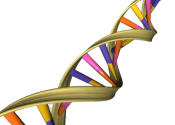Uncovering a reversible master switch for development
In a paper published in Genes & Development, BWH principal investigator Mitzi Kuroda, PhD, and her team identified a reversible "master switch" on most developmental genes. The team unearthed this biological insight through ...







